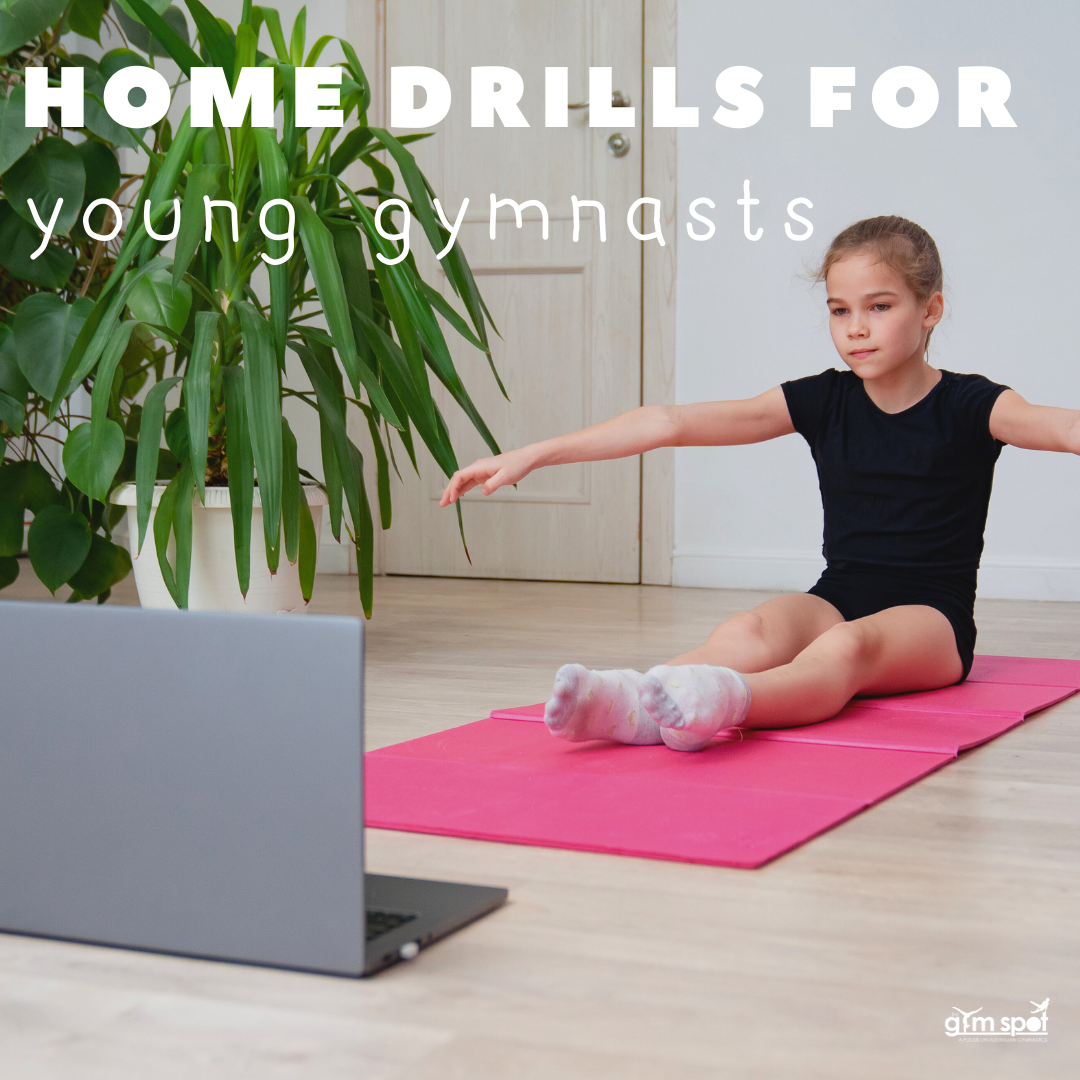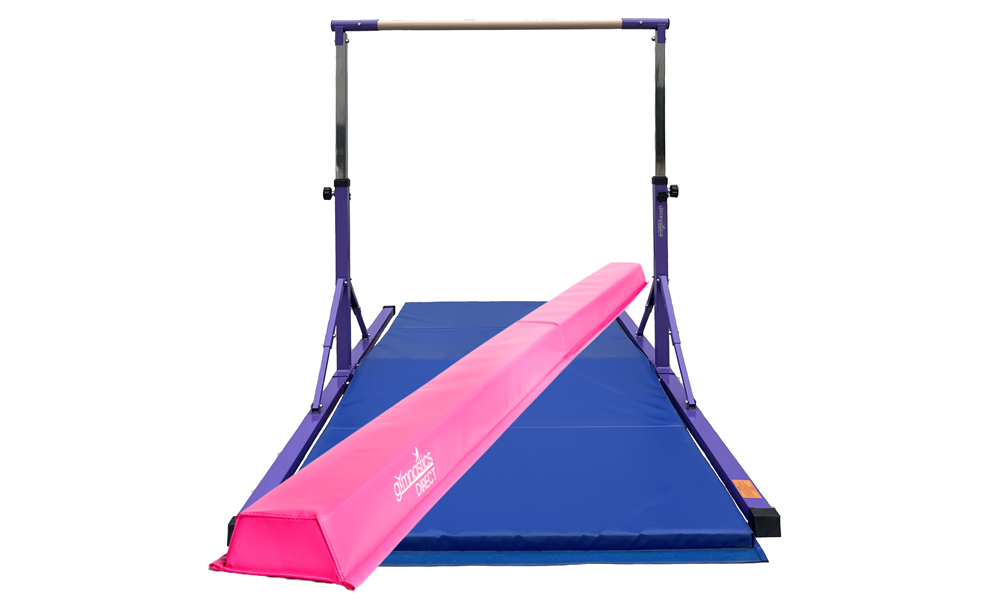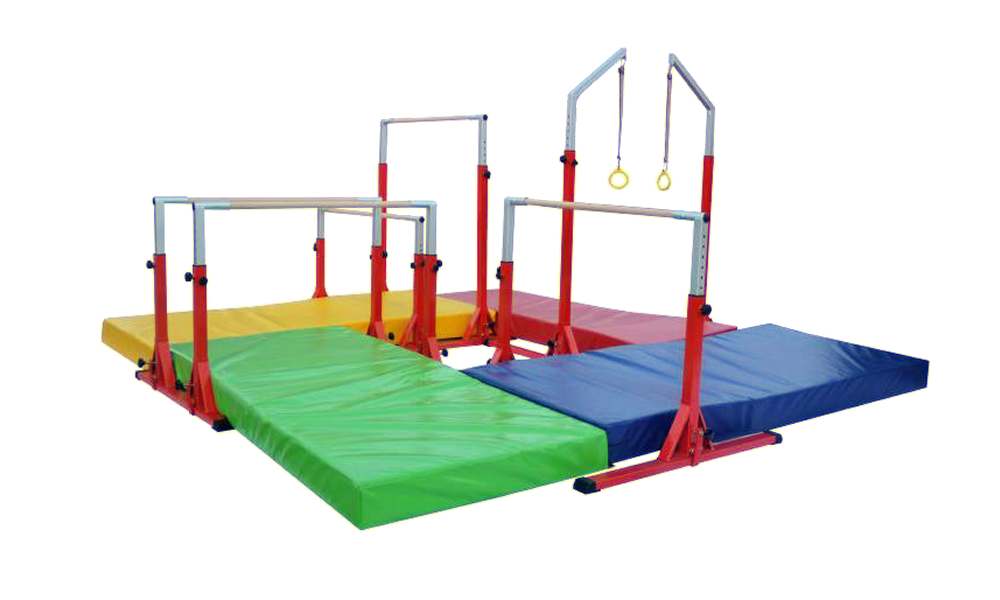Functional Training with Katrina Sweeney
June 09, 2021 3 min read

The Gym Spot sits down with Katrina Sweeney, community based OT visiting clients under the National Disability Insurance Scheme (NDIS) about functional training and ways to enhance functional and mobility skills.
Functional training is a rehabilitative technique used by occupational therapists (and other professions) aimed at restoring strength and function to improve engagement, capacity and performance of meaningful activities for individuals. There are many ways to complete functional training, however, it typically involves consideration of the physical, cognitive and psychosocial components related to achieving a task. An OT will typically complete a 'task analysis' to determine the components of the task that are most difficult in comparison to the individual's functional capacity and impairments. Functional training will then utilise a variety of techniques to allow participation and positive outcomes for the individual. Sometimes this is achieved through muscle strengthening and exercise, while other times this is focussed on cognitive strategies or improving motivation and task initiation. This is entirely tailored to the individual.
Katrina's approach in regards to enhancing functional and mobility skills within her line of work is vastly dependent on the individual person, their functional capacity and their goals. Motor learning is a complex process in the brain that occurs in response to practice or experience of a skill resulting in changes to our central nervous system (CNS) that allows for the production of a new skill.
"To put this in the simplest of forms, we improve in areas we put our conscious efforts, time and energy towards. The greatest way to enhance our skills is to practice them."
In terms of exercises for people with disability, Katrina cannot comment on an exact exercise program to recommend as each individual and their functional capacity differ vastly. She does however expresses encouragement and support for anyone who is capable of exercise to make time to achieve this at whatever level or capacity this can be achieved.
"Exercise might not always look like the muscular individuals lifting weights in the gym that we sometimes stereotype (though can definitely include this as well). Instead, exercise is anything that may allow an increase in blood flow and heart rate above resting level."
For example, she has one client who engages in 'leg pumps' for exercise while seated in her wheelchair, which has been assessed to be entirely appropriate for her age and ability. As an OT, she sometimes coordinates and teaches exercise programs if the purpose is to increase function or independence such as a component within a 'falls program'. Typically, she encourages all individuals focussing on exercise in therapy to engage with a Physiotherapist or an Exercise Physiologist under the direct guidance of their general practitioner or medical specialist.
"While my current role as an OT does not typically focus on traditional 'training' as seen in a gym, I would say my main advice for anyone learning a new skill would be to ensure your safety and wellbeing come first and additionally to be kind to yourself. Like anything in life, we don't always learn and improve in an upward direction. Instead, you may experience a fluctuation of good and bad days, and that's ok. Let yourself be kind and understanding during the days you are experiencing no visible improvement. Additionally, allow yourself to be proud when you do see improvement."
If you have any questions for Katrina, comment down below!
Leave a comment
Also in Advice for Parents

Fun and Effective Home Drills for Gymnasts (Levels 1-4)
June 21, 2024 4 min read 1 Comment






